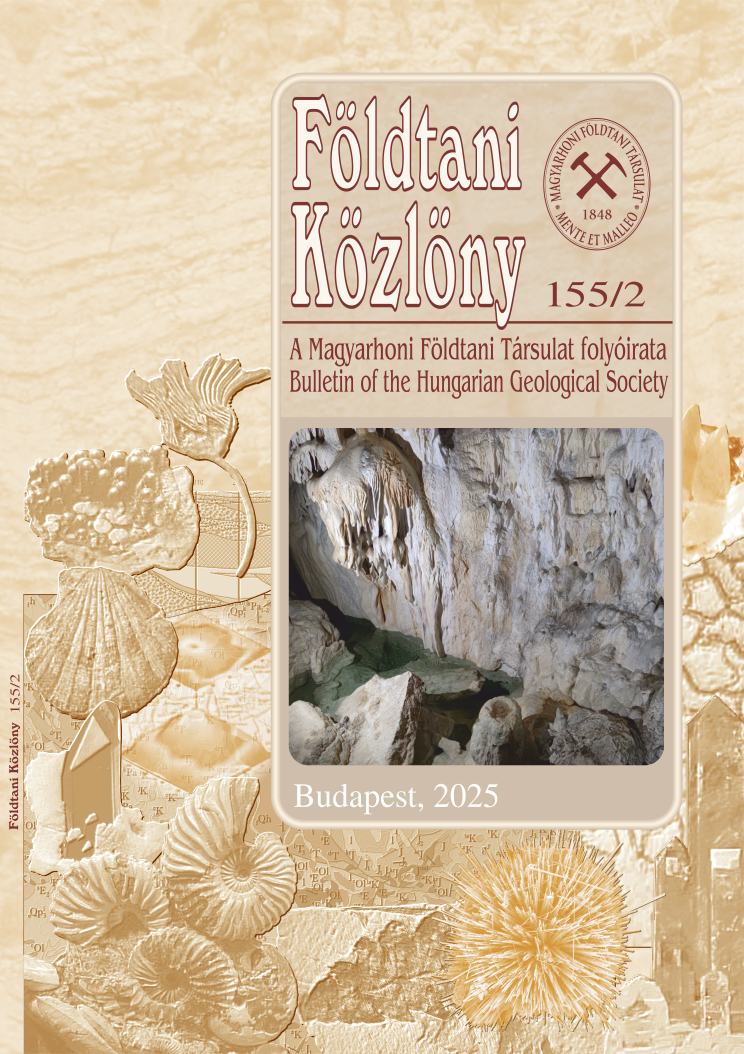Preliminary analysis of Lower Cretaceous metadolerites drilled in Lower Austria – a tribute to Prof. Csaba Szabó
Abstract
The occurrences of numerous sills penetrated in two exploration wells drilled in the Molasse Basin in NE Austria were known since the early 1960s. Although the initial analysis of these strongly altered metadolerite units intercepted in an apparently Dogger (Porrau-2) and Upper Paleozoic (Roggendorf-1) clastic sequence correctly concluded about their intrusive character, the age relationships and the broader stratigraphic and tectonic implications remained poorly constrained.
After about 60 years, using various modern analytical methods, a new understanding of these intrusives is outlined in this contribution. Originally, the age of the metadolerites was considered as Jurassic. However, our new, preliminary results provided an Early Cretaceous age (136–141 Ma) for the intrusive volcanism not only indicated by K-Ar age determination but also by regional analogues for the sills. A single dacite sill from the lower, supposedly Dogger sequence of the Porrau-2 well is interpreted as an older intrusive unit and its K-Ar date (283–284 Ma) suggests an Early Permian age. Hence the sequence drilled in the deeper part of this well cannot be Dogger in age but instead it is Upper Paleozoic (Permian). Therefore, some of the alluvial-fluvial clastics in the Porrau-2 and Roggendorf-1 wells represent the subsurface southwestern continuation of the Carboniferous–Permian Boskovice Trough from Moravia into Lower Austria.
On a regional scale, the petrography of the studied sills appears to be similar to the well-studied Lower Cretaceous alkaline igneous rocks (lamprophyres, basanites, phonolites) occurring in the Moravian-Silesian Beskidy area in northeast Czech Republic and southern Poland and in the Mecsek Zone of southern Hungary. Although all these volcanic units are presently located in Alpine thrust-fold belts displaced from their original paleogeographic position, the sills in our study are anchored within the autochthonous European plate. Therefore, they provide an important new constraint for the palinspastic reconstruction of the regional-scale Early Cretaceous rift zone along the southern margin of the Mesozoic European plate.
















